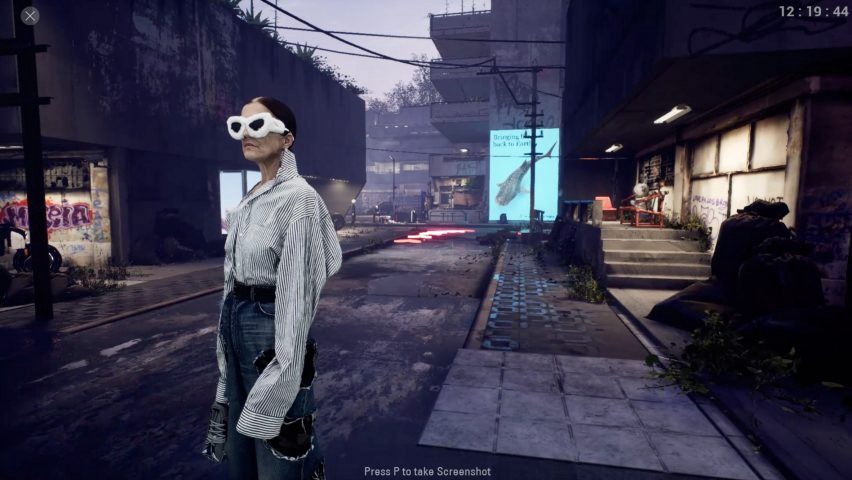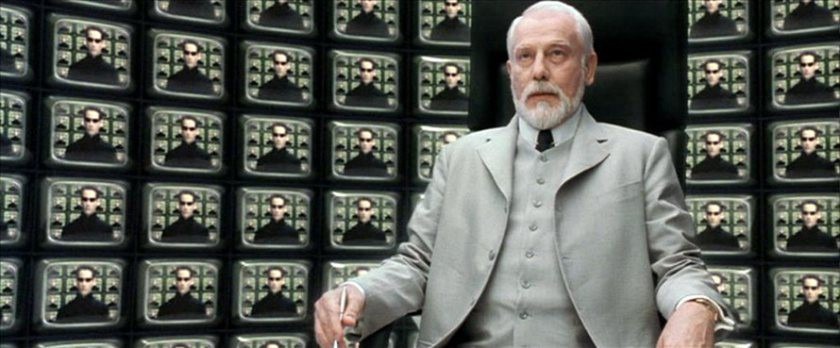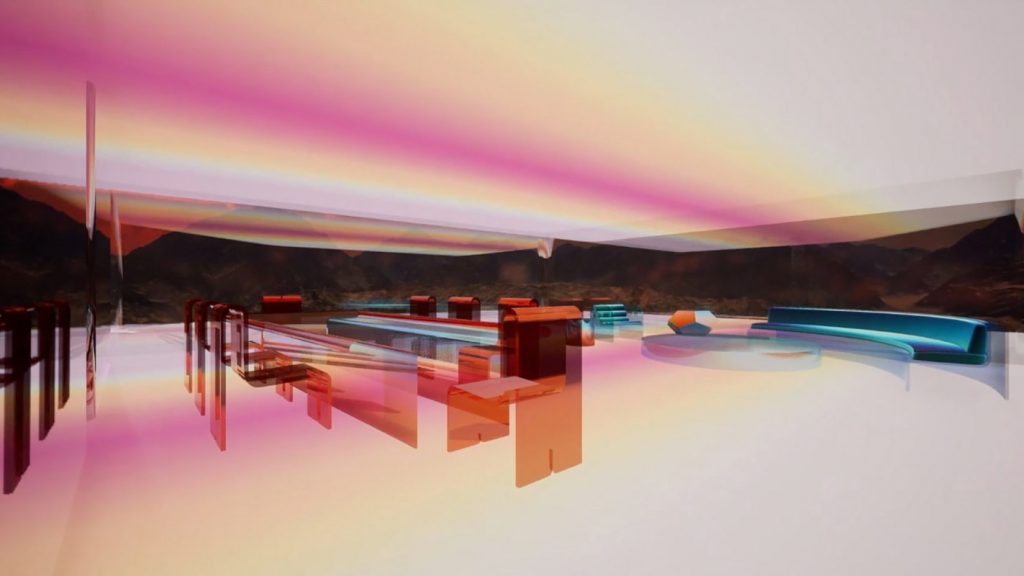In this article we read about Architecting The Metaverse. You might have heard that Mark Zuckerberg wants Facebook to become a Metaverse Company, and earlier this year, Epic Games, the company that develops the Unreal Engine announced that it completed a 1 billion round of funding to support the long-term vision for the metaverse. Metaverse is definitely the hottest buzzword in the tech scene. In this article, we will briefly discuss what is Metaverse, who will build it, and most importantly why it matters for architects, and how can designers play a significant role in this upcoming digital economy?

What is the Metaverse?
Derived from a 1992 sci-fi novel “Snowcrash”, the term “Metaverse” was coined by Neal Stephenson as a successor to the Internet, constitutes Stephenson’s vision of how a digital world might evolve in the near future.
You may get an idea of what life in metaverse could be like from movies like “Ready Player One” and “Matrix”, where anything we can imagine can exist, and we can connect to the metaverse all the time to extend our real lives with extraordinary experiences.

Who Will Build the Metaverse?
Unlike the centralized metaverse Oasis in “Ready Player One”, tech communities believe that metaverse should be an open and interoperable ecosystem, not dominated by any single company. Like Mark Zuckerberg said, “Hopefully in the future, asking if a company is building a metaverse will sound as ridiculous as asking a company how their internet is going.”
At the same time, Roblox and Epic Games, the most “Metaverse concept stocks” at present, also believe that the metaverse must have decentralized genes and avoid being monopolized by a few forces. Roblox co-founder Neil Rimer puts forward: “The energy around the metaverse will come from users, not the company.” Epic CEO Tim Sweeney also emphasized: “Metaverse does not come from any industry giant, but the crystallization of the co-creation of millions of people. Everyone makes their own for the metaverse through content creation, programming, and game design. Contributions can also add value to the metaverse in other ways.”
For many years, the internet is mostly a 2D catalog with hyperlinks, and now it finally starts to look interesting with the potential for 3D experiences and will change the way we work, shop, live, how can architects play a role in shaping and enriching the grand metaverse?
Why Architecting the Metaverse Matters?
Big Picture: The Rise of the Digital Economy
The whole world is witnessing a major shift from the real economy to the digital economy, and the integration of these two has been accelerated drastically since the global pandemic.
We’ve seen various brick and mortar retail stores closed their doors, at the same time fashion brands like Balenciaga chose to debut its latest collection in a video game. Commercial real estate owners are struggling as tenants are either ditching the offices or downsizing, while video conferencing companies like Zoom has seen massive success and boomed amid pandemic. Like it or not, COVID-19 has changed our work culture, accelerated the rise of e-commerce, and transformed how businesses operate. Some of the pioneers of industries to be the first in building metaverses are gaming, fashion, Hollywood, and crypto. There will be no other option but to join the new game. Otherwise, you will not survive as a company.
NFT in Art: The Rise of the Digital Assets
Digital items are already more than a $10 billion market, and in order for digital items to have real, lasting value, they must exist independent of an entity who might decide at any moment to remove or disable the item. That’s why NFT (Non-fungible tokens), the latest application in blockchain technology, arrived on the scene. “Non-fungible” means that it’s unique and can’t be replaced with something else. The value of NFTs is therefore understood as certifying the creation of the digital item as “unique.” And that digital creation can be anything, including digital architecture. Toronto-based artist Krista Kim has sold the first NFT-backed digital home for over half a million dollars. This costs more than a real house in many North American cities.
Another trend in the crypto world is to invest in virtual real estate. Blockchain-based real estate in virtual worlds has surged in price as part of the NFT market frenzy which began in early 2021. A patch of virtual land in the blockchain-based online world Decentraland sold for more than $900,000 recently. In virtual worlds such as Decentraland, Sandbox, Somnimum Space, people can display their NFT art collections, walk around with friends, visit buildings and attend events. This may be a hoax for a lot of people, and the platform might be premature but it is definitely an interesting and possibly lucrative domain for designers to leverage their design skills in the physical world and to extend that into the virtual world.
Author: Chloe Sun
ArchDaily





